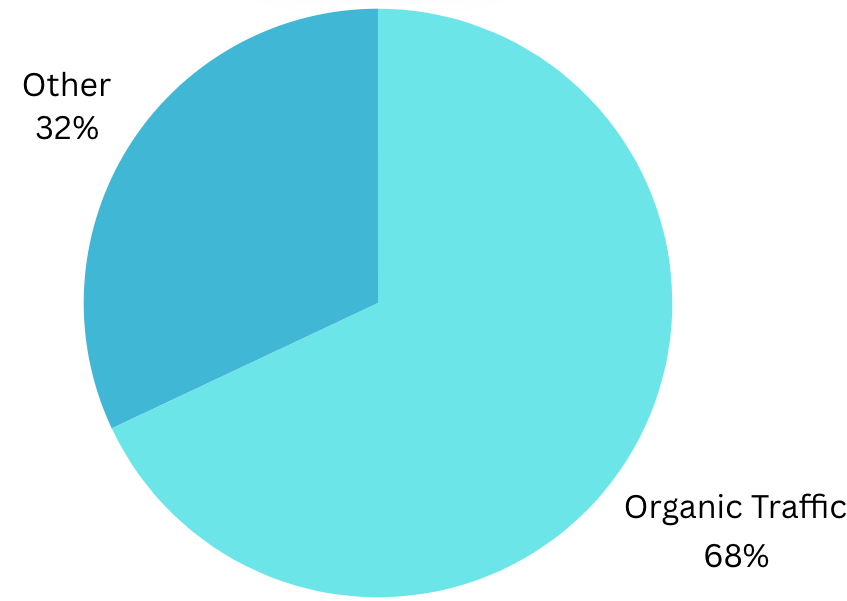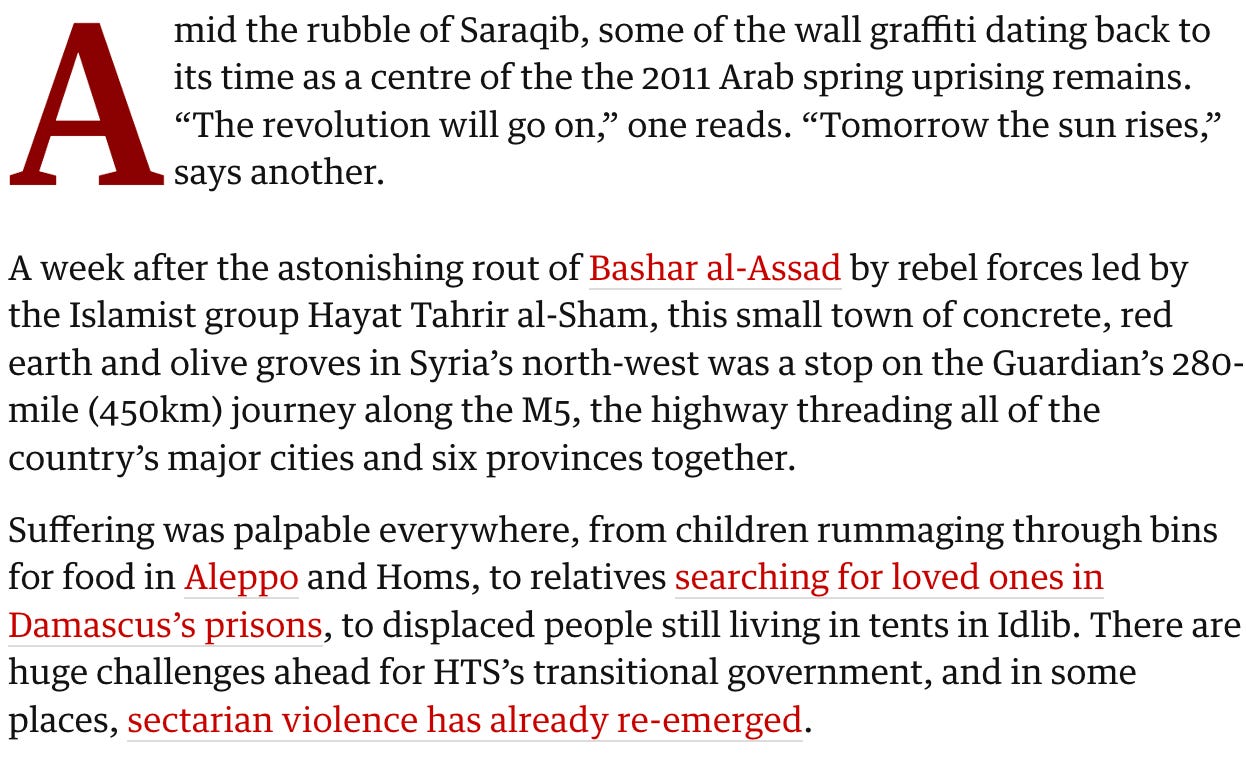How to maximise your SEO and develop a content strategy
This week Issaq and Curtis walk you through some tips, tricks and tools to get your work seen by more people
So, you’ve been hard at work producing content and its finally time to release your work to the web - but how do you make sure other people are going to see it? Well, with a little know how and a bit of tinkering you can make sure that your articles reach the biggest possible audience.
Here we’ll show you the ropes of search engine optimisation and how to build a content strategy using google analytics. Let’s get into it!
Search Engine Optimisation
One way to boost your analytics, particularly unique visitors and page views, is to optimise your articles for search engines. This means navigating the heady world of search engine optimisation (SEO), a key skill for any modern journalist.
The Basics
SEO is something of a dark art. What exactly happens in a search engine is a secret so closely guarded, and so immensely complicated, that Google engineers have had to go on record to tell people that, yes, they do actually know how their search engine works. As complicated as it is, knowing the basics can go a long way to increasing traffic on your website.
Good SEO is about making sure that your articles or websites come up first in a search. After all, 68% of internet traffic is ‘organic’—i.e from people searching for something using a search engine.

The internet is a massive place, so search engines use ‘crawlers’ (complex algorithms) which sift through the net and decide what we see. Learning what these crawlers look for is a key SEO skill.
Keywords
Keywords are the backbone of SEO. These are words and phrases that are most relevant to your article. For example, in a match report you’d want to include the sport, the teams, the tournament and perhaps a key figure like a player or manager.
FOOTBALL: Liverpool smash Manchester United in FA Cup final with Mo Salah scoring a hat trick
Deciding which keywords are the most searchable can take a lot of market research, but a good rule of thumb is to imagine what you would be searching for if you were looking for that article!
Something else to consider while thinking of keywords is that they’re not just for humans—you have to think of the crawler too.
Crawlers give priority to certain parts of HTML code, such as headings, where they look for key information. Make sure you’re properly marking headlines and subheadings when putting together your article. Many article builders have specific tools for this, so get yourself aquatinted.
Lastly, a crawlers job is never done, so updating old articles or providing a steady supply of fresh key-worded writing is key. Search engines flag current content as more relevant.
Authority
Some websites always seem to float to the top. For journalists and news consumers, we’re likely to see the big hitters—the BBC, The Guardian, The Telegraph, and so on—come up first in searches. This is because these sites have been deemed particularly authoritative.
What makes a site authoritative is often beyond your control. For instance, older sites with lots of traffic are seen as having more authority. Don’t worry, if you’re working for an established outlet this problem will take care of itself!
In the mean time there are some things we can do to help build authority:
High quality, accurate journalism with statistics and interviews
Use of multimedia or interactive elements
High click through rates or low bounce rates (so make your articles interesting!)
Linking
Links boost SEO and improve certain key analytics.
By linking to other articles on your site, dwell time and click-through rates will increase, and bounce rates will decrease.
Linking to other sites still helps to increase your click-through rate, but also increases your authority by showing you are a source that can be trusted and that is transparent in your research.
The Guardian is a champion at putting links into their articles, have a look through this one and see where they lead. (link in caption)

Content Strategy with Google Analytics
Making good decisions about what to publish is a key skill for all journalists to have. Outside of your own intuition, there are tools we can use to determine what content ‘works’.
Analytics which measure success
As with SEO, we can monitor successful content with key metrics such as:
Unique visitors
Active users
Page views
Loyalty
Google Analytics (pictured above) is a useful tool which allows us to understand these metrics. You can link it to any website you have access to and look at how many people are using your website, in what way.
Remember: If engagement is your only measure of success, you may as well be pedalling far-right commentary on X. Our journalism still needs to be high quality.
Analytics which help us tailor content
The information provided by Google Analytics isn’t just how we measure success. It also gives us insight into the sorts of people using our website, which lets us tailor our content effectively. Let’s look at two examples…
Google Analytics will tell us where our active users are coming from.
Let’s say you publish news articles about the energy market, and your analytics reveal a significant readership in Australia. (Perhaps because of your successful SEO, an aggregator like MSN, Google Discover, or Yahoo Finance has directed new people from abroad to your website.) Being aware of this international interest, you might be incentivised to write pieces relevant to those international audiences, if given the choice.
Google Analytics will tell us about the devices our audience use
If your audience are mostly on desktop computers, they’ll be more willing to engage with long-reads or picture-driven features. Data shows that desktop computers are particularly good at holding one’s attention for in-depth reads—though their usage is declining.
If your audience is mostly reading from their phones, you may do more work to integrate your website to mobile usage. This might include compressing images for faster load speed on mobile data.
Some useful tools
To finish off we’ll leave you with some tools and resources that we think are super useful. Click through them, and have fun bringing people to your articles!







Really enjoyed reading this. I loved the mini video on making a headline! Good formatting stuff too.
smashed it